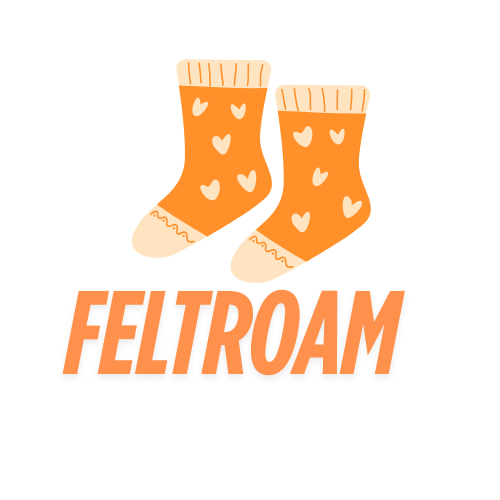Introduction
In an era dominated by mass-produced goods, there’s a growing appreciation for artisanal products that offer uniqueness and quality. Handmade wool felted socks epitomize this shift, combining traditional crafting techniques with contemporary design sensibilities.
The Art of Felting
Felting is one of the oldest textile processes, involving matting, condensing, and pressing wool fibers together. This technique results in a dense, warm, and durable fabric. Artisans often use natural wool, which possesses inherent insulating properties, making it ideal for sock-making.
Craftsmanship and Techniques
Creating felted socks is labor-intensive. The process begins with selecting high-quality wool, often sourced from sheep breeds known for their soft and resilient fleece. The wool is then cleaned, carded, and dyed using natural pigments. Felting can be achieved through wet or needle methods, each requiring skill and precision.
Design and Aesthetics
Modern artisans infuse traditional felting with contemporary designs. From minimalist monochromes to intricate patterns inspired by nature, the aesthetic appeal of felted socks has broadened their market. Some incorporate embellishments like embroidery or appliqué, adding a personalized touch.
Functional Benefits
Beyond aesthetics, felted wool socks offer numerous functional advantages:
-
Thermal Regulation: Wool’s natural crimp traps air, providing insulation in cold conditions while remaining breathable in warmer environments.
-
Moisture Management: Wool can absorb up to 30% of its weight in moisture without feeling damp, keeping feet dry.
-
Odor Resistance: The protein structure of wool inhibits the growth of odor-causing bacteria.
Market Trends
The demand for sustainable and ethically produced goods has propelled the popularity of handmade felted socks. Consumers are increasingly valuing products that offer longevity, environmental friendliness, and support for local artisans.
Conclusion
Handmade wool felted socks represent a harmonious blend of tradition and modernity. Their resurgence underscores a broader movement towards sustainable living and appreciation for artisanal craftsmanship.
